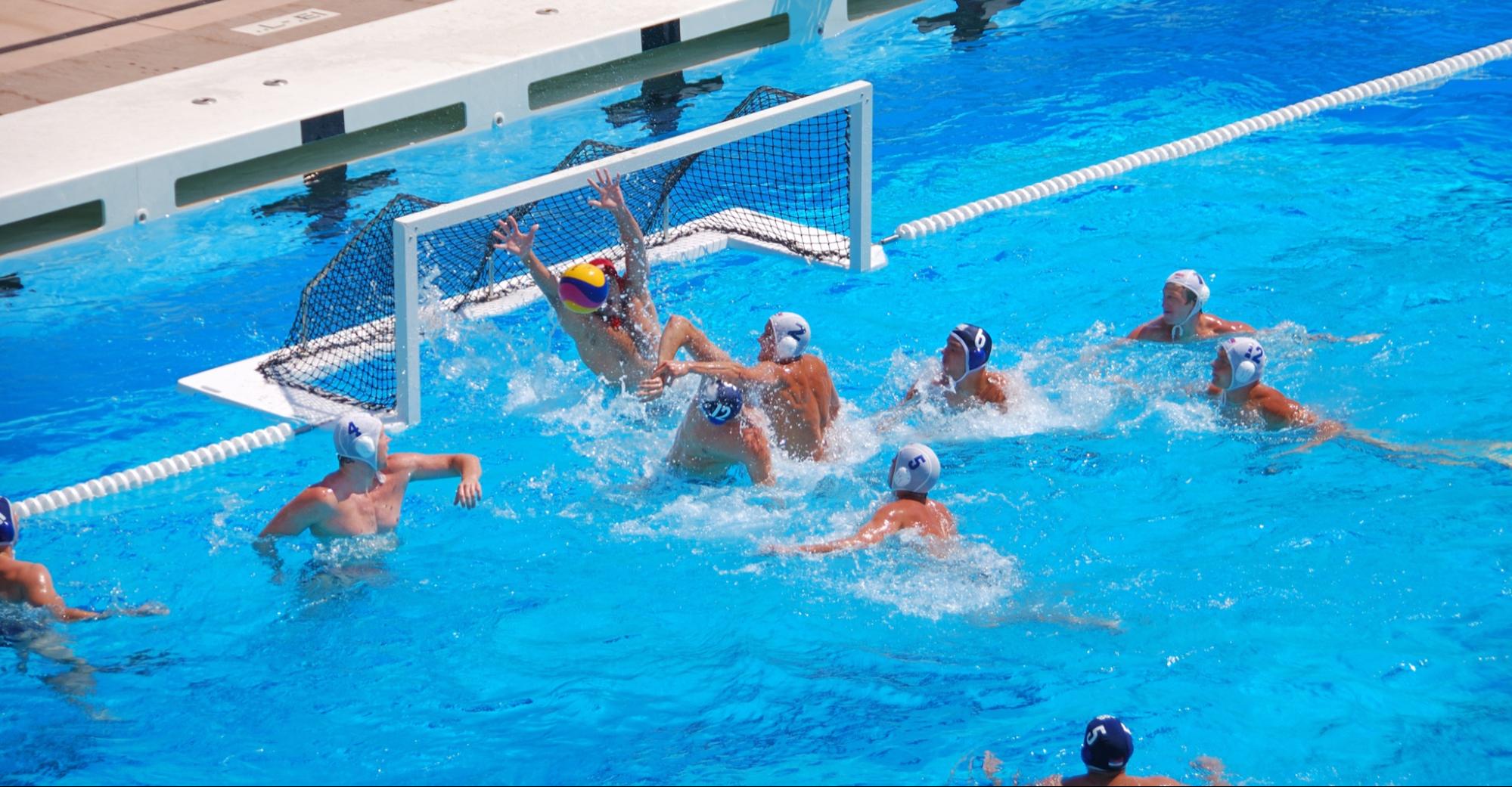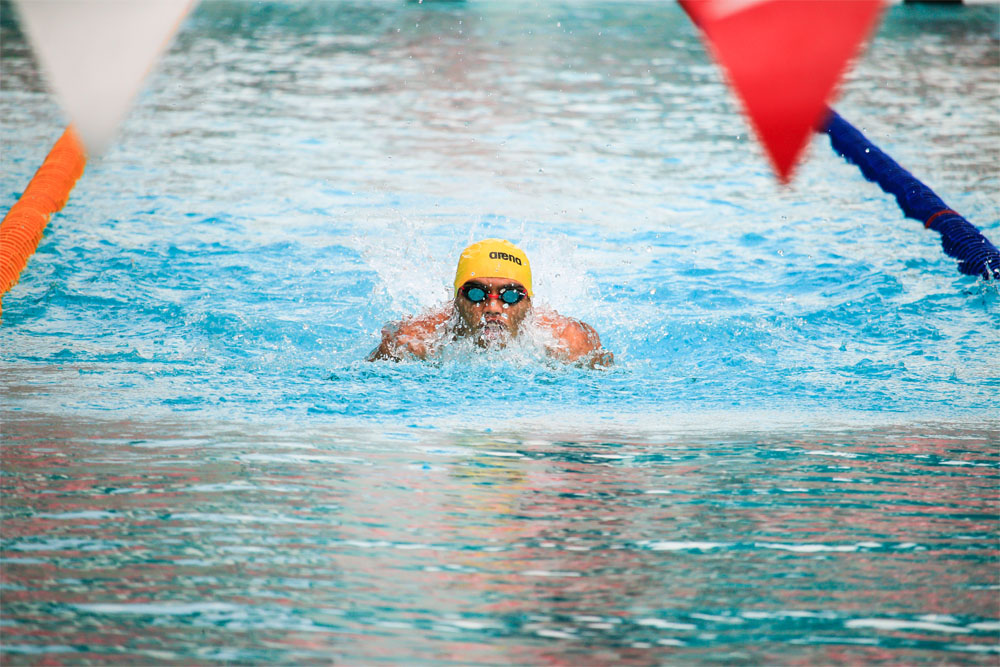The History of Water Polo
Nov 6th 2023

Water polo, a dynamic blend of athleticism, strategy, and teamwork, has a history that spans centuries and continents. From its humble origins as a pool-based variation of rugby to its modern incarnation as an Olympic sport, water polo has navigated the currents of time, culture, and innovation.
If you want to know about water polo’s rich history, you’ve landed on the perfect place to read all about it. Read on to find out more about the water polo's history and much more.
Early Beginnings
In 19th-century Great Britain, water polo's origins can be found. The sport developed as a rugby football variant commonly played in lakes and rivers that uses a pool as its field. Initially known as "water rugby," the activity allowed participants to carry the ball and score goals by touching it against the opponent's goalposts. With few regulations and an emphasis on physical prowess, the early games were known for their brutal nature. Water polo’s history is a rich one, starting from ancient civilizations such as the Greeks and Romans; however, not many correlate that version of water polo with its current form today.
Modern Water Polo
In the late 1800s, water polo underwent a transformation that would define its modern identity. London's Crystal Palace played host to the first recorded water polo match in 1870, marking a pivotal moment in the sport's evolution. As water polo grew in popularity, rules were standardized, and the game began to distance itself from its rugby-inspired origins.
The establishment of clear rules was instrumental in shaping water polo into a more structured and strategic game. The rules of water polo were further refined in the 1880s, with contributions from aquatic clubs in Glasgow and Manchester. These rules introduced the concept of throwing the ball into the goal instead of carrying it, leading to a faster-paced and more dynamic gameplay.
Spreading Across The World
Outside of Great Britain, water polo became widely popular. Beyond Europe, the sport started to gain popularity. European countries, including Hungary, Germany, and Belgium also took up the sport, leading to the emergence of international events. The sport had its international premiere at the 1900 Summer Olympics in Paris, further accelerating its globalization.
The inclusion of water polo in the Olympics gave the sport unparalleled visibility and legitimacy. Water polo made its first appearance in the 1900 Paris Games as a demonstration sport, and by 1904 in St. Louis, it was officially recognized as an Olympic discipline. The tournament's format continued to evolve, transitioning from a full-pool, rugby-inspired game to the more recognizable version played in a smaller area. Water polo’s history also began to be actively recorded around this time, giving the sport many fans and much-needed visibility.
Interwar Era
The interwar period brought innovations that elevated water polo's strategic depth. Teams developed intricate passing patterns, defensive formations, and counterattack strategies. The game's tactics became more nuanced, demanding a blend of physical prowess and mental acumen. Water polo's status as an Olympic sport further solidified during this time, cementing its place among the world's premier athletic competitions.
The tumultuous years of World War I and World War II posed challenges to the growth of water polo, but the sport's resilience endured. Despite disruptions, water polo persevered through the global conflicts and continued to evolve both in terms of gameplay and international participation.
Progress In The Post-War Period
The post-World War II era witnessed significant changes, especially about water polo’s rules, driven by advancements in training methods, equipment, and tactics. The introduction of shot clocks, caps for player identification, and other innovations transformed the sport into a more dynamic and spectator-friendly experience. The formation of international governing bodies, such as FINA (Fédération Internationale de Natation), further standardized rules and regulations, promoting uniformity in the game.
Water polo’s history continued to evolve as the sport entered the latter half of the 20th century, and innovation continued to shape the sport. The adoption of zone defense strategies, refined passing techniques, and improved conditioning regimens contributed to a higher level of competition. Water polo also expanded its horizons beyond Europe, with countries like the United States, Australia, Canada, Japan and Brazil emerging as competitive forces in the international arena.
Water Polo Reimagined in the 21st Century

Water polo's presence in the Olympic Games remains one of the crowning achievements in water polo’s history. The sport's showcase on the world's grandest athletic stage continues to capture the imagination of audiences worldwide. The Olympic format, featuring both men's and women's tournaments, underscores water polo's commitment to gender parity and inclusivity. It also showcases water polo’s history as one of the few sports where gender parity has been an important consideration.
In recent years, water polo has made efforts to extend its reach to regions outside its traditional strongholds. Emerging nations are embracing the sport, and initiatives aimed at fostering grassroots participation and nurturing young talent are gaining traction. Water polo's inclusivity and diversity are contributing to its continued relevance and expansion.
As water polo entered the 21st century, it continued to evolve in response to changing times. Initiatives to make the sport more inclusive and accessible have gained momentum, with efforts to promote water polo in new regions and demographics. Technological advancements have also enhanced many things about water polo, from digital scoreboards to underwater cameras that capture the intensity of gameplay.
The Future of Water Polo
As water polo charts its course into the future, it does so with a legacy of tradition, innovation, and resilience. Water polo’s history shows its commitment to fair play, strategic brilliance, and international camaraderie remains unwavering. The ongoing pursuit of excellence, combined with a focus on engaging new generations of athletes and fans, ensures that water polo's story will continue to unfold with all the excitement, drama, and beauty that have defined its remarkable history.
Many people may not know about water polo, especially when they’re just watching the sport from their TV screens. However, for those truly dedicated to the sport, finding out about water polo’s history serves as a reminder of its rich heritage and its message of inclusion and diversity.












